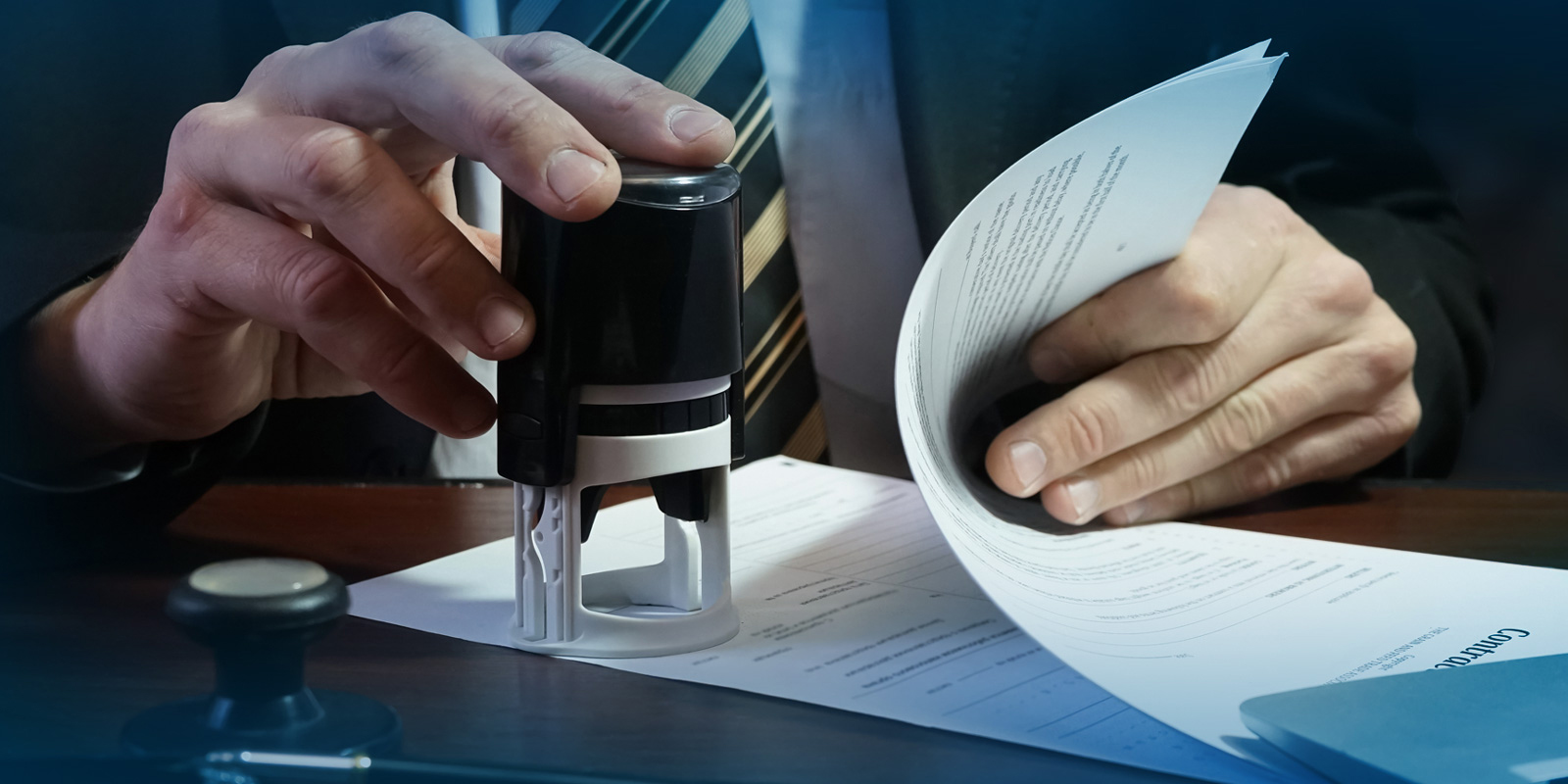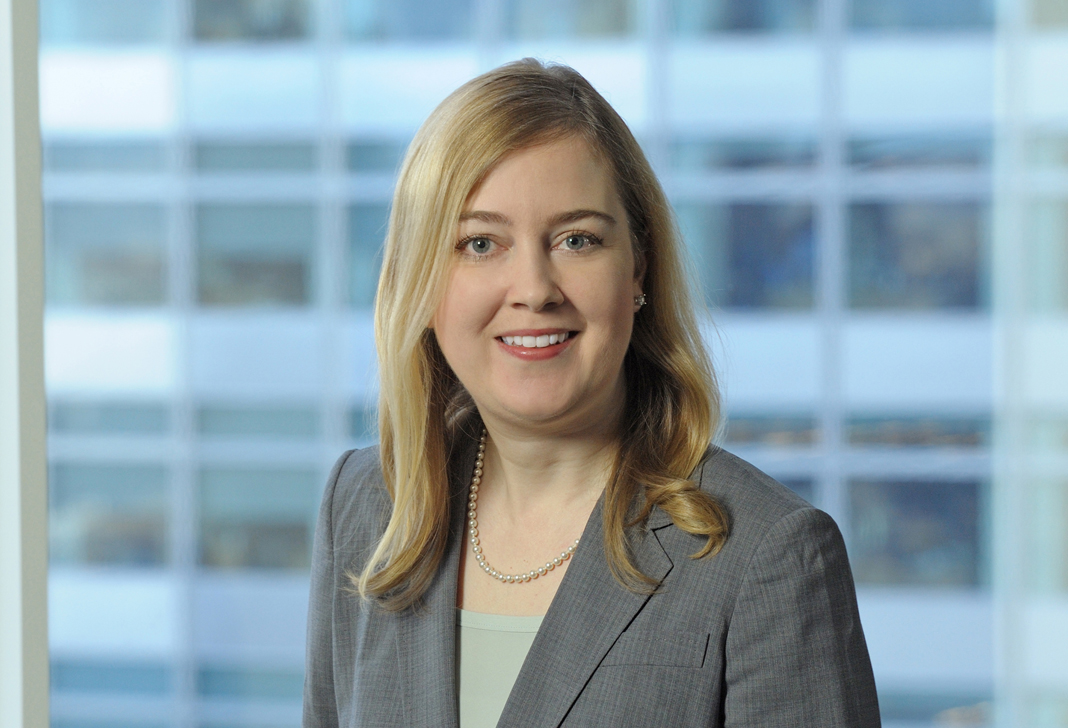
USPTO Seeks Public Input on Improving Patent "Robustness and Reliability"
In Short:
The Situation: President Biden and members of Congress have called for reform of certain patenting practices at the United States Patent and Trademark Office ("USPTO") under the premise that changes to the patent system are necessary for increasing competition in the pharmaceutical marketplace.
The Result: The USPTO published a Request for Comment ("RFC") on October 4, 2022, asking for public input on several proposed changes that, if enacted, would significantly change current patent practices and affect the ability to obtain patent protection in some cases.
Looking Ahead: According to the RFC, additional initiatives "concerning improvements to the patent application process" are currently being drafted by the USPTO, in addition to any initiatives that result from the RFC process. Expect more proposals and calls for new rulemaking that could dramatically impact current patent prosecution practices in the near future.
The USPTO has published an RFC asking for input on its proposed "initiatives directed at bolstering the robustness and reliability of patents." The initiatives are in response to the President Biden-issued Executive Order on "Promoting Competition in the American Economy," which directed the USPTO and U.S. Food and Drug Administration to suggest mechanisms that "ensure that our patent system properly and adequately protects innovation while not unnecessarily delaying generic and biosimilar competition."
In the RFC, the USPTO outlined initiatives to ensure "robust and reliable patents" and is seeking public comments on those initiatives, summarized below:
- The USPTO proposes to improve patent robustness by improving patent examiner access to non-patent literature resources—specifically to disclosures of public use and on-sale activity—and requests identification of additional resources for examiners (question 1).
- The USPTO also proposes to apply "greater scrutiny to continuation applications in large families." More specifically, the USPTO proposes that any new and amended claims that arise during the course of prosecution must be accompanied with a detailed "explanation of the support in the disclosure of the patent for the changes to the claims" similar to that required in inter partes review and post-grant review proceedings and seeks feedback on six proposals that would dramatically change current continuation practice at the USPTO (question 2).
- The USPTO also seeks input on changing its current request for continued examination ("RCE") practices. Whereas the "cycle may proceed indefinitely" according to the USPTO, the proposed initiative for comment would trigger an "internal process" once a certain number of RCEs are filed for an application that includes "transferring the application to a new examiner or increasing the scrutiny given in the examination of the application" (question 3).
- The USPTO requests feedback on several proposed changes to the present restriction practice (question 4). First, the USPTO seeks input on "allow[ing] for the examination of two or more distinct inventions" and, in such cases, "whether any offset to patent term adjustment should be considered." Feedback is also requested on whether the USPTO should "require all divisional applications to be filed within a set period of time after the restriction requirement is made final and after any petition for review has been resolved" and, similarly, whether applicants should be limited to a certain time "after final rejection to provide appropriate claims for rejoinder." With respect to Markush claims, the USPTO proposes authorizing applicants to suggest how to expand the claim search in the event the elected species in not found in prior art searches. Finally, the USPTO requests comments toward the advantages and disadvantages of unity of invention practice as compared to restriction practice.
- The USPTO asserts that the present practice of overcoming non-statutory double patenting by filing a terminal disclaimer results in "multiple patents directed to obvious variants of an invention [that] could potentially deter competition" and create a heavy burden on examiners. As a solution, the USPTO proposes, in the RFC, to require applicants to stipulate the claims are not patentably distinct—thereby having such a statement on record—as a condition of filing a terminal disclosure. Alternatively, the USPTO suggests requiring applicants to include all patentably indistinct claims in a single application unless the applicants can "explain a good and sufficient reason for retaining patentably indistinct claims in two or more applications" (question 4.h).
The RFC also asks for input on questions raised by Senators Leahy, Blumenthal, Klobuchar, Cornyn, Collins, and Braun (questions 6-11) which echo the USPTO initiatives toward amending the non-statutory double patenting practice and increasing scrutiny of new and amended claims for enablement. The senators also propose higher fees for continuation applications to discourage applicants from filing "inventions that are obvious variations of each other." Finally, the RFC requests "any other suggestions to achieve the aims of fostering innovation, competition, and access to information through robust and reliable patents" (question 5).
Written comments must be received on or before January 23, 2023.
Three Key Takeaways:
- When preparing comments to this RFC, consider relying on empirical evidence to establish that the present patenting practices do not constitute a problem that needs addressing nor will changing the current patent system result in a cost-saving benefit to American consumers as proposed by the USPTO.
- For those opposed to one or more of the reforms outlined in the RFC, question 5 invites proposals for alternative responses to address the issues that the USPTO aims to resolve with the proposed changes to the patent system.
- As demands for policy changes toward lowering prescription drug costs increase, expect more "reform" proposals to be released from the USPTO. As such, patentees should consider taking defensive prosecution measures in advance should one or more of the proposed initiatives take effect.





